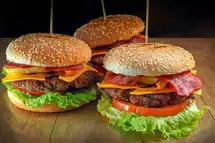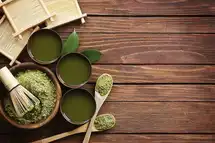What is a food newsletter?
A food newsletter is a type of email that contains information about food, recipes, and cooking tips. It may also include information about new products, special offers, and events.
Benefits of a Restaurant Food Newsletter and Ideas on How to Design One
What is a Food Newsletter?
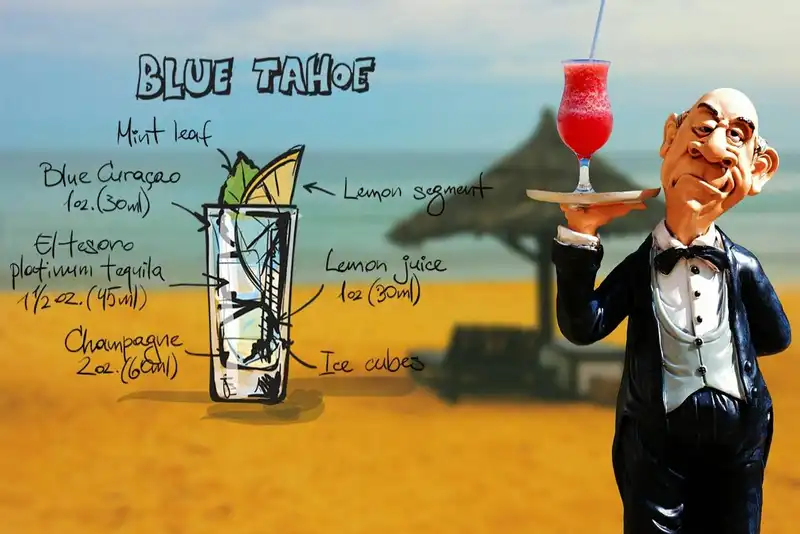
A newsletter is a one- or two-page document that a business periodically creates for a set of people who have subscribed to it. It contains timely information about products, services, events, or newsworthy items that may interest its readers. Newsletters come in print or digital formats and are often distributed by mail, email, or social media.
A food newsletter is a great way to keep a restaurant's customers up-to-date on what's happening at your business. These are sent out regularly, usually weekly or monthly, to subscribers who have opted to receive them.
A restaurant business can use a food newsletter to promote special events or give customers a behind-the-scenes look at what goes into running a restaurant, generate hype around upcoming dishes or menu changes, and even increase word-of-mouth referrals. Newsletters are a great opportunity to build customer relationships and develop loyalty among the target audience. Newsletters can also upsell customers high-priced items and encourage them to try out new dishes.
For example, Starbucks' bi-monthly email newsletters reach approximately 15 million, of which 10 million are loyalty members. The brand promotes seasonal drinks, new merchandise, loyalty programs, and new brand tie-ups through the newsletter.
Why Does a Restaurant Need a Newsletter?
Food newsletters work as a bridge between a restaurant and its customers. They help promote new menu items, and are instrumental in keeping the interest of patrons alive through anecdotal stories about a recipe, a member of the staff, or even a customer's visit. This ultimately contributes to Business Growth.
Here are a few ways a food newsletter can work for a restaurant-
- Helps you keep in touch with your regular customers- With a newsletter, you can send updates on changes to your menu, new specials, and promotions.
- A great way to show you're invested in your diners- A newsletter helps develop a close relationship with your customers. Sending out regular newsletters demonstrates that you care about more than just a transaction -- you want a lasting relationship. But whether you're informing your customers about new developments, experiments, or milestones, make sure there's always something valuable for them.
- A great way to draw in new customers- By sending out a monthly (or bi-weekly) newsletter, you're giving potential customers a taste of what they can expect at your establishment. Include mouthwatering photos of delicious dishes from your menu, throw in a few coupon codes or discount vouchers, and add details of upcoming events to pique their interest.
- Use them as an effective marketing tool- With each newsletter, include links to posts about special events or promotions on social media platforms like Facebook, Instagram, TikTok, and Twitter. And don't forget to encourage recipients to share their love by forwarding the email to their friends. Print newsletters could be clubbed with daily newspapers or food magazines in regions of your outlets.
You're wondering if your restaurant really needs a newsletter.
This article tells you why it does, and shows you how to create an impressive one.
What Your Newsletter Should Include
If you are a restaurant owner or marketing manager, you should include a newsletter in your marketing mix. Not only are newsletters an excellent way to stay relevant with your customers and keep them updated on what's new at your restaurant, but they can also be a great source of revenue. Here are a few points to include in your restaurant newsletter-
- Special offers- Include coupons, discounts, or other special offers to entice people to visit your restaurant.
- New menu items- Apprise customers about any new dishes or drinks you've added to the menu. If you're featuring a special item for a limited time, make sure to mention it in the newsletter.
- Photos- Pictures are appealing, so include high-quality photos of your food in the newsletter. People love getting a sneak peek into what they can expect when visiting you.
- Recipes- Feature your best-selling recipes, with little snippets about the ingredients used and cooking tips and tricks.
- Supplier stories- More restaurants are opting for local ingredients in their recipes, to deal with bottlenecks in supply chains. If you are working with a local supplier, tell your customers about it. Share the story of your suppliers with photos and anecdotes. It could be anyone -- a farmer or a baker.
- Staff stories- Nothing intrigues customers more than stories about the staff serving them -- what's the story behind your chef's most popular recipe, or where did your bartender learn to mix the cocktail that's so popular now . . .
- Events- If you're hosting any special events at the restaurant, such as live music, wine tastings, comedy nights, or karaoke, be sure to include these details in the newsletter so people can chalk them into their calendars.
- Educate- If your restaurant offers free WiFi to visiting customers, talk about the privacy policy and terms of use they need to be aware of. You can also inform them about how to use your online reservation system. Or how to benefit from loyalty programs.
- Call to action- Include a strong call to action throughout the newsletter, encouraging people to dine with you soon. You could even offer an incentive for making a reservation, such as 10% off their meal or a complimentary appetizer.
What Your Newsletter Shouldn't Include
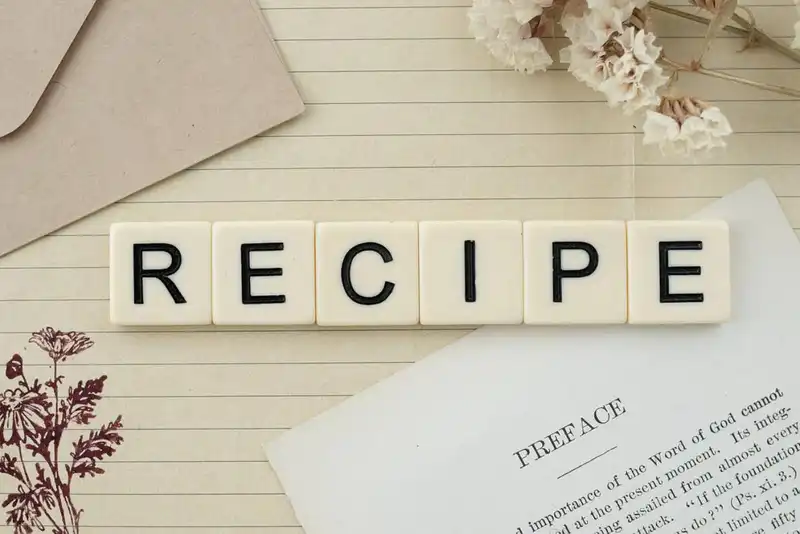
There is certain content you should steer away from when creating a food newsletter -- anything negative, irrelevant, or not newsworthy. Here's what shouldn't be included in a restaurant newsletter-
- Negative reviews or feedback- This will only serve to deter potential customers from patronizing your establishment.
- Irrelevant information- Anything that doesn't pertain to your restaurant or the food industry should be left out. It includes articles about politics, sports, and current events unrelated to the restaurant business.
- External Promotions- While cross-promotion works well at times, your newsletter should focus on promoting your own business and the people associated with it. For example, it wouldn't hurt your business to promote a cheesemaker who supplies to your restaurant, but including coupons or discounts for other businesses would be considered improper use of your newsletter space.
- Spam- Any unsolicited commercial messages or advertising should be avoided as it will only alienate readers and damage your reputation as a reputable source of information.
- Personal opinions- While having a voice and personality in your newsletter is important, avoid putting forth any personal opinions that could potentially offend readers or turn them away from your business altogether and affect Business Growth.
Print, Digital, or Both?
Both print and digital newsletters have their own sets of benefits and disadvantages.
A print newsletter provides a refreshing change of pace in a world where we are constantly bombarded with electronic messages. Incorporating a print newsletter into your restaurant's marketing mix helps you connect with your customers on a more personal level -- something that is becoming increasingly rare in the digital world. Plus, studies have shown that people retain more information when they read it in print instead of on a screen. For restaurants, this means that diners are more likely to remember the special you're promoting or the event you're hosting if they see it in print. A print newsletter also allows you to control the message and design, ensuring that your brand identity comes across loud and clear.
On the other hand, digital newsletters are much easier and faster to produce; you only need a computer and an internet connection. It means you can post new issues more frequently, which can help keep your readers engaged without incurring significant costs.
Another advantage of digital newsletters is that they're interactive. You can include links to your website or social media pages, images, and videos. These make your newsletters more engaging than traditional print newsletters, where there's little opportunity to experiment with new trends.
Digital newsletters are also more eco-friendly than their print counterparts. There's no need to use paper or ink, and one can easily share them with others via email or social media. It is also easy to track how many people open and click through to your website from the newsletter. It helps you gauge interest levels and optimize your content accordingly.
By sending out a digital newsletter, you're able to target specific demographics with tailored messages -- for example, you could send out different editions of your newsletter to vegetarians and meat-eaters. Additionally, digital newsletters allow you to build up a database of subscribers over time, giving you a valuable asset that you can use for future marketing campaigns. Finally, mailing lists for digital newsletters can be easily managed through platforms like MailChimp or Constant Contact, making it simpler to keep track of subscribers.
What should your restaurant newsletter contain?
Here's everything you need to know about key elements of a restaurant food newsletter.
Get Your Newsletter Templates From These Sites
Announcements by Litmus-
This versatile tool allows you to create and manage your newsletter easily. Announcements by Litmus provide a wide range of template options that can be customized. With simplicity in design and code, the templates are responsive across devices. Its semantic markup feature lets you take a structured approach while creating your food newsletter. It also has easy-to-track features to monitor the number of people who open your newsletter. It helps ensure that your newsletter reaches its intended audience.
99Designs-
This design platform by Vista has limited templates for newsletters in four colors. But these are rich in features and allow you to incorporate images, videos, and other multimedia content into newsletters so your readers can fully experience what you're offering. And if you can't find exactly what you're looking for, the design team can create a custom template. But, of course, for a price.
ZURB Ink-
ZURB has a set of interesting responsive templates specifically created for email campaigns. The templates come with a separate CSS stylesheet and HTML file. It helps you to create responsive HTML emails which work on any device swiftly. The newsletter template lets you create a step-by-step document with a provision for a lead picture to add some edge to it.
Conclusion
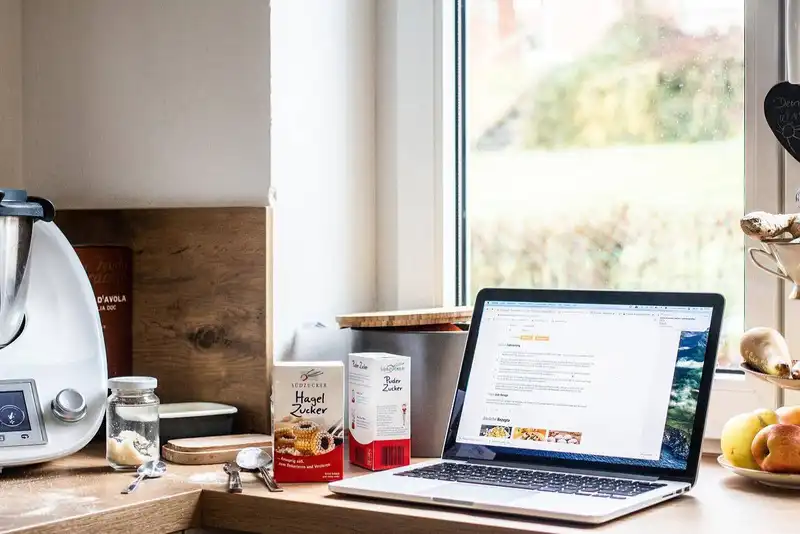
The best marketing methods for businesses may vary depending on individual business goals and the target audience. However, food newsletters can be an effective marketing hook for restaurants if they are used strategically. It allows you to stay in touch with your customers regularly and update them on what's going on with your business. Additionally, it allows you to promote any special deals or promotions you may be running.
There are many advantages to using a food newsletter as part of your email marketing campaign. A food newsletter allows you to segment your list by dietary preference, which means you can send targeted content to those interested in learning more about healthy eating. Additionally, a food newsletter allows you to build trust with your subscribers by sharing valuable information and resources on subjects like nutrition and cooking tips.
Similarly, a print newsletter can be strategically clubbed with food magazines to target customers interested in food. Food newsletters can be valuable to a restaurant's marketing efforts if well executed.
You want to design a killer food newsletter, but don't know how.
This article shows you how to go about it.

